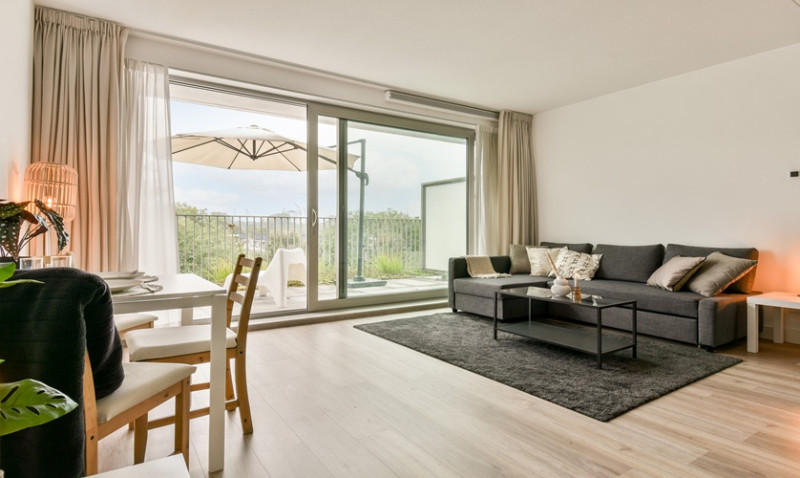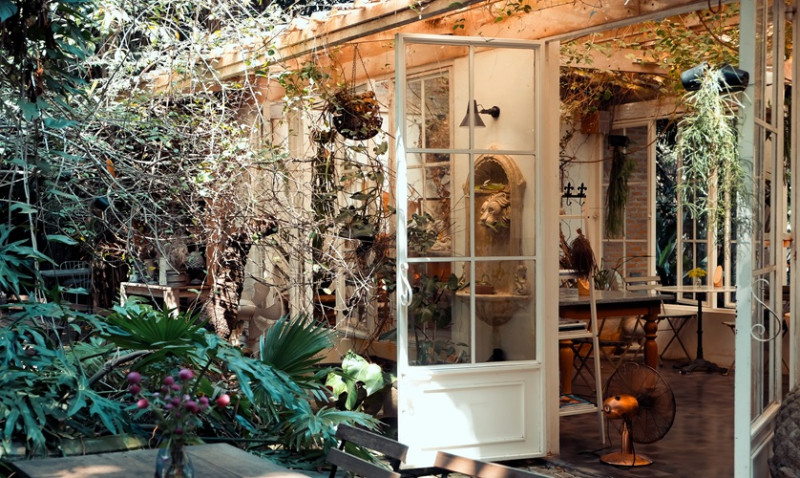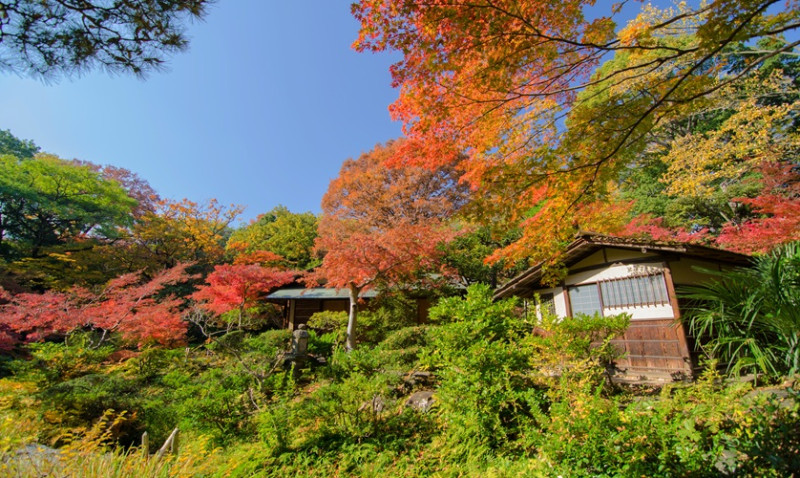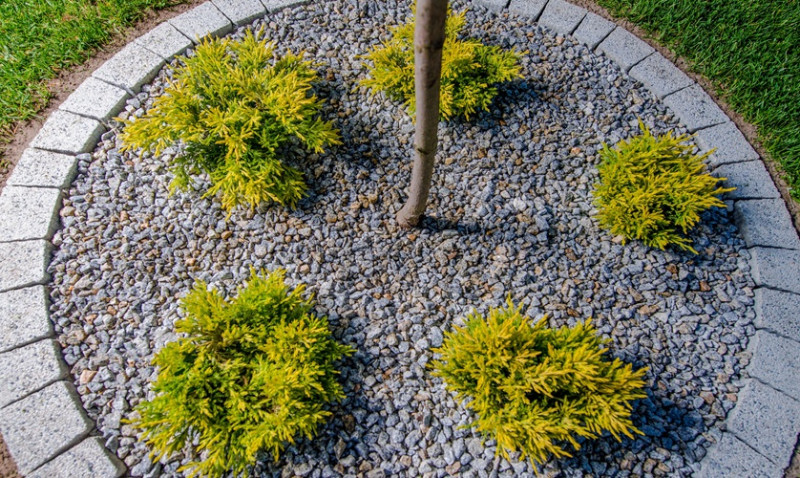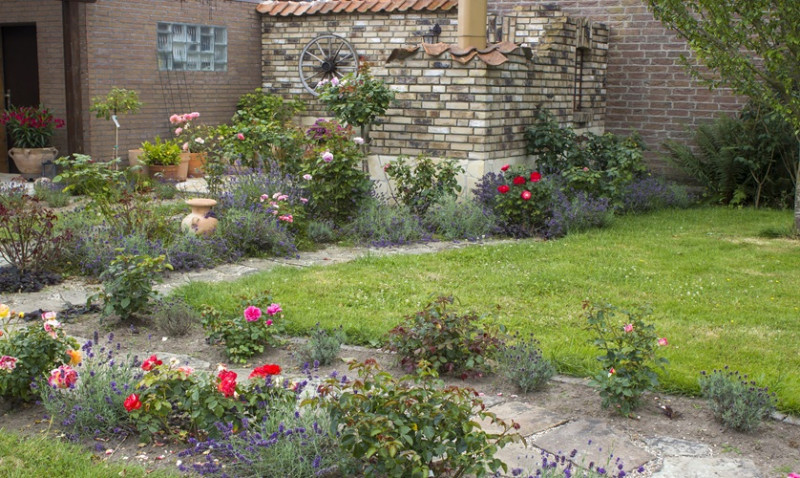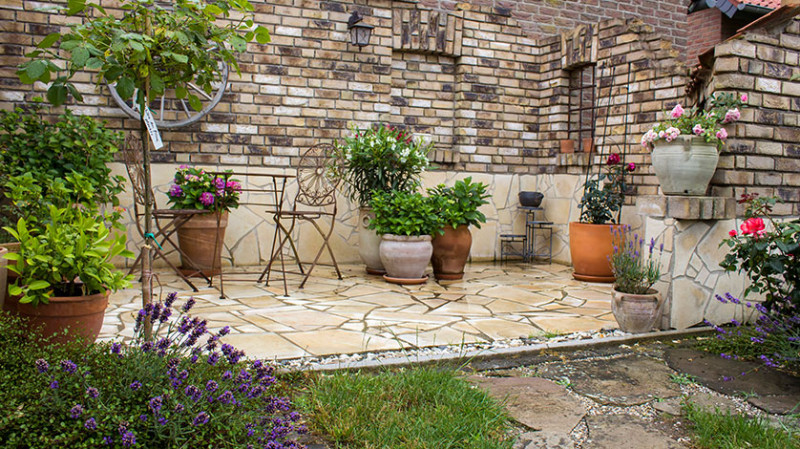
Whether you're revamping a small urban courtyard or planning a full landscaping overhaul, choosing the right garden style is the first step on your green journey. With so many beautiful garden designs to choose from, it can be tricky to pinpoint the one that suits your lifestyle, taste, and space. In this guide, we’ll explore a variety of popular garden styles, from low-maintenance modern layouts to lush country retreats – helping you discover the garden that works best for your needs.
This breakdown is perfect for DIY lovers, young professionals upgrading their first home, architects looking to stay ahead of current trends, and skilled tradesmen looking for inspiration for clients across the UK. Whether you’re starting from scratch or just updating key features, the right garden style can transform your outdoor space into a sanctuary, social hub, or a stunning visual extension of your home.
1. Modern Minimalist Garden
Clean lines, contemporary materials, and a neutral colour palette define the modern minimalist garden. This style is an excellent choice for professionals and city dwellers who want an effortlessly chic look with low maintenance requirements.
Hard landscaping plays a key role, often incorporating sleek paving slabs, composite decking, and rendered walls. Planting is architectural and carefully curated—think grasses, topiary, and single-specimen shrubs to create monochrome textures and height.
Use built-in seating, geometric raised beds, and subtle lighting to add functionality without clutter. Keep accessories to a minimum—this garden is all about simplicity, balance, and clean design. It’s ideal for small gardens or roof terraces where space needs to work smarter.
Bonus: the modern minimalist garden pairs well with smart home integration—automated lighting, irrigation, and even Bluetooth speakers can be camouflaged within the design.
2. English Cottage Garden
If you love colour, character, and a touch of nostalgia, the English cottage garden could be your calling. This traditional style overflows with romantic blooms, rustic charm, and a slightly wild, unstructured layout that encourages biodiversity.
Expect swathes of lavender, delphiniums, foxgloves, and climbing roses mingling with herbs and fruit trees. Picket fences, stone paths, and wrought iron furniture contribute to the warm and welcoming ambiance.
This style isn't for the low-maintenance gardener—cottage gardens are hands-on and ever-evolving, making them ideal for keen DIYers and passionate planters.
They also suit period properties or country homes but can be adapted for urban spaces if you maintain the planting style and soft-hued materials.
3. Japanese Zen Garden
For those seeking an outdoor space to unwind and recharge, the Japanese Zen garden prioritises peace, serenity, and symbolic design. This garden style often features natural elements like rocks, gravel, water, and a restrained planting palette.
Unlike visually busy gardens, Zen spaces favour meditative simplicity. Carefully raked gravel, smooth stepping stones, moss-covered boulders, and slender bamboo create a tranquil atmosphere evocative of traditional Japanese temples.
Water features such as a small koi pond or bamboo water spout add a gentle, soothing soundscape. Plantings are minimal—acers, bonsai, and shade-loving ferns work beautifully here.
This style suits shaded gardens, urban spaces, or areas where meditation and relaxation are priorities. It's also relatively low in upkeep once established, combining visual stillness with purposeful structure.
4. Wildlife-Friendly Garden
For the eco-conscious homeowner or nature enthusiast, a wildlife-friendly garden brings biodiversity into your backyard. Thoughtfully designed, it can offer a haven for birds, bees, and butterflies while still looking polished and welcoming.
This style often includes native planting, ponds, wildflower meadows, bug hotels, and hedging instead of hard fences. Avoiding pesticides and encouraging organic gardening methods is key.
Adding features such as compost bins, log piles, and recycled materials not only nurtures local wildlife but can cut down on costs—a win for budget-conscious DIYers and sustainable design projects.
Design-wise, wildlife gardens can range from highly ornamental to semi-wild, depending on your aesthetic preference. Even a small UK patio or urban yard can incorporate insect hotels and birdfeeders to contribute on a micro-level.
5. Mediterranean Courtyard Garden
Many UK homeowners are now recreating the rustic charm of a Mediterranean garden within their own backyards—even without the year-round sunshine. This style offers a relaxed, sun-drenched feel with drought-resistant planting and textured materials.
Materials such as terracotta tiles, whitewashed walls, and pergolas with trailing wisteria or grape vines give the space its unmistakable character. Planting tends to be aromatic—think herbs like thyme, oregano, and rosemary, alongside olive trees and lavender.
This garden style thrives in well-drained, sunny spaces and is ideal for paved patios and container gardens, making it a strong contender for London terraces or south-facing courtyards.
Furnish with weatherproof metal furniture and add a water feature like a tiered Spanish-style fountain for added ambiance. Skilful use of mirrors and ceramics can also enhance visual depth and vibrancy.
6. Scandinavian-Inspired Garden
Sleek yet cosy, the Scandi garden offers a stylish retreat with natural materials, rich textures, and functional design. Rooted in ‘hygge’ principles, this style balances minimalist aesthetics with a sense of comfort and warmth.
Expect pale timber decks, gravel paths, and pergolas paired with clusters of container plants and grassy borders. Furniture is simple but inviting—often wood or powder-coated steel, accented with soft textiles and throws.
Neutral colours dominate, but pops of green and warm lighting introduce a welcoming glow come evening. Firepits or outdoor wood-burners also align perfectly with this design ethos.
It’s a practical yet beautiful choice, ideal for UK homeowners who want their garden to function as an all-year-round living area—whether hosting brunch or enjoying a solo coffee in the frost.
7. Formal Georgian Garden
Elegant, ordered, and packed with symmetry, the formal Georgian garden brings stateliness and precision into your home landscaping. Great for professional garden landscaping projects or heritage property renovations, this style draws influence from royal gardens of 18th-century Britain.
Using a strong geometrical layout, these spaces often feature parterres, box hedging, gravel pathways, focal-point sculptures, and manicured lawns. Planting is tidy, purposeful, and repeated in rhythm to underline balance and structure.
Can be scaled up or down—whether you're applying the style to a sprawling estate or shrinking it for a suburban front garden. The key is symmetry, unity, and elegance.
It pairs especially well with Georgian and Victorian-style properties in the UK, giving off a grand and timeless look that appeals to high-end markets and architectural purists alike.
Garden Style Comparison Table
| Garden Style | Main Features | Best for | Maintenance Level |
|---|---|---|---|
| Modern Minimalist | Sleek lines, neutral palette, hard landscaping | Urban professionals, small spaces | Low |
| Cottage Garden | Abundant flowers, rustic, colourful | DIYers, country homes | High |
| Zen Garden | Gravel, rocks, calm oasis | Meditation areas, shaded gardens | Low to Moderate |
| Wildlife-Friendly | Native plants, ponds, eco features | Eco-conscious gardeners | Moderate |
| Mediterranean Garden | Terracotta, herbs, drought-tolerant | Sunny patios, relaxed settings | Low |
| Scandinavian Garden | Natural textures, firepits, simplicity | Outdoor entertaining, flexibility | Low to Moderate |
| Formal Georgian | Symmetry, structured layout, hedging | Traditional homes, high-end designs | High |
How to Choose the Right Garden Style
Before settling on a style, it’s important to ask yourself a few practical questions. How much time do you want to spend maintaining your garden? Do you want space for entertaining, relaxing, or growing your produce? What's the character and size of your property?
Consider how the garden will integrate with your home's interior style—cohesion between inside and out can make small spaces feel larger and create a more enjoyable living experience.
Also, think long-term. The best garden isn’t necessarily about following trends—it’s about creating a space that will evolve with your needs and continue to bring joy season after season.
Final Thoughts
A well-designed garden doesn’t just boost curb appeal – it adds value to your property, enhances quality of life, and provides a personal outdoor sanctuary. With so many styles to choose from, it pays to plan, play to your strengths (and schedule), and seek inspiration from professional designs tailored to UK conditions.
With the right garden style, your outdoor space can be anything you want it to be – modern, rustic, playful, or profoundly restful. So roll up your sleeves, get your ideas flowing, and start sketching your next big garden transformation.
